Steel as an engineering material finds diverse applications. The basic components of all steel materials are iron and carbon. Even though Steel signifies a broad range of ferrous metal alloys, most people divide it into two broad categories; Carbon Steel and Stainless Steel. In this article, we will find the main differences between these two broad categories, i.e, Carbon Steel vs Stainless Steel.
What is Carbon Steel?
Consisting mainly of iron and up to 2.1 percent carbon, Carbon Steel also contains various other alloying elements like manganese (1.65% max), silicon (0.6% max), copper ().6% max), chromium, cobalt, molybdenum, nickel, niobium, titanium, tungsten, vanadium, zirconium, etc. Carbon steel in a broader sense sometimes includes alloy steel where some specific alloying elements (usually up to 10.5 percent alloy content) are added to have certain required properties.
Carbon steel is categorized into two groups; Low Carbon Steel and High Carbon Steel. High carbon steels (Carbon: 0.3 to 2.1%) are very hard, capable of resisting abrasion and retaining shape. But, they are brittle. Whereas, Low carbon steels (Carbon: 0.05 to 0.3%) are ductile. Depending on the type of loading the metal will experience, both high and low-carbon steel finds wide applications in engineered products.
What is Stainless Steel?
Stainless steel is a group of corrosion-resistant ferrous alloys containing more than 10.5% chromium and less than 1.2 % carbon. The chromium added to it increases the ability to resist corrosion. Depending on microstructure, broadly three major categories of stainless steel are available. They are austenitic stainless steel, ferritic stainless steel, and martensitic stainless steel.
Carbon Steel vs Stainless Steel, the Differences
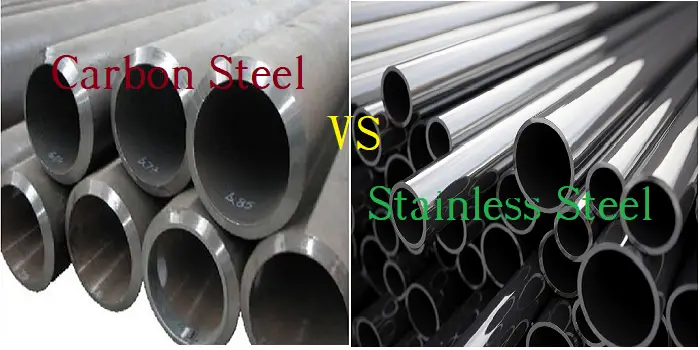
Stainless Steel vs Carbon Steel: Rusting (Corrosion Resistance)
The main difference between stainless steel and carbon steel is obviously the corrosion resistance. Stainless Steel is manufactured to resist rusting or corrosion. Among the two metals, Stainless Steel is more corrosion-resistant than Carbon Steel. A high amount of Chromium is added to stainless steel that creates a chromium oxide layer to prevent corrosion. On the other hand, Carbon steel does not have enough chromium to create such a layer and is thereby prone to corrosion and rusting.
Carbon Steel vs Stainless Steel: Physical Properties
The physical properties of Carbon Steel and Stainless Steel vary. The parameters are provided in table 1 below.
| Physical parameter | Carbon Steel | Stainless Steel |
| Average Density | The average Density of Carbon Steel is 7850 Kg/m3 | The average Density of Stainless Steel is 8000 Kg/m3. So Stainless Steel is slightly heavier than Carbon Steel |
| Co-efficient of Linear Thermal Expansion | The thermal expansion coefficient for Carbon Steel is usually less than that of stainless steel and varies in the range of (10.8 – 12.5) X 10-6 m/(m °C) | The expansion coefficient of Stainless Steel is comparatively more than that of Carbon Steel. Depending on grade, the coefficient varies in the range of (10-17.3) X10-6 m/(m °C). So, the thermal growth of Stainless Steel is more than Carbon Steel material. |
| Melting Point | The melting point of Carbon Steel is more than Stainless Steel. Typically Low Carbon Steel has a melting point of 1410 Deg C. The melting point of high Carbon steel ranges between 1425-1540 Deg C. | The melting point of stainless steel varies between 1375 to 1530 Deg C. |
Stainless Steel vs Carbon Steel: Mechanical Properties
Ductility: Austenitic Stainless Steel grades are more ductile than Carbon Steel. However, Martensitic stainless steel grades are brittle grades of stainless steel which may be more brittle than carbon steel.
Mechanical strength: In general, Stainless steel is softer and weaker in strength due to the lower amount of carbon present in it. The mechanical properties of carbon steel vs stainless steel is provided in table 2 below:
| Mechanical properties | Carbon Steel | Stainless Steel |
| Yield Strength | Low Carbon Steel: 180 to 260 MPa; High carbon Steel: 325 to 440 Mpa. | Ferritic Steel: 280 Mpa; Austenitic Steel: 230 MPA; Martensitic Steel: 480 MPA |
| Tensile Strength | Low Carbon Steel: 325 to 485 MPa; High carbon Steel: 460 to 924 Mpa. | Ferritic Steel: 450 Mpa; Austenitic Steel: 540 MPA; Martensitic Steel: 660 MPA |
| Elastic Modulus | 2100000 Mpa | 1900000 MPa |
| Shear Modulus | 81000 Mpa | 740000 MPa |
| Poisson’s Ratio | 0.3 | 0.27 |
Carbon Steel vs Stainless Steel: Temperature Capabilities
Stainless steel can easily contain fluids having a temperature above 426 degrees C. But for carbon steel, after 4260 C graphitization starts, and thus the application of carbon steel is limited up to temperatures of 426 degrees C. Stainless steel is well noted for its high heat resistance capabilities.
Normal Carbon steel is normally not suitable for temperatures below -460 C. Special LTCS material is used below -460 C of temperature. However, Stainless steel can be used for much lower temperatures.
Stainless Steel vs Carbon Steel: Appearance
For Aesthetic looks, Stainless Steel is much better as compared to carbon steel. Stainless steel looks great as it is, But carbon steel needs painting of surfaces to avoid rusting.
Stainless Steel vs Carbon Steel: Cost
Economic consideration is one of the most considerations for Carbon steel and stainless steel materials. In general, Stainless Steel is costlier than Carbon steel. However, the cost varies depending on the grades of the material. Because of the special alloy additions like chromium, nickel, etc, and manufacturing associated with it, the cost of stainless steel increases.
Carbon Steel vs Stainless Steel: Machinability and Weldability
Carbon steel can be machined easily and it has good welding capabilities. On the contrary, Stainless steel requires specialized techniques for welding and machining. For machine tools, stainless steel is hard compared to carbon steel.
Carbon Steel vs Stainless Steel: Other differences
| Stainless Steel | Carbon Steel |
| Thermal conductivity is comparatively lower | Higher thermal conductivity. |
| Excellent wear resistance | Poor wear resistance. |
| Heat treatment of Stainless steel is difficult | Carbon Steel can easily undergo heat treatment. |
| Stainless Steel is easily cleanable | The cleanability of carbon steel is less than stainless steel. |
When to Use Carbon Steel vs Stainless Steel
Both carbon steel and stainless steel have their own pros and cons with respect to application, properties, and budget. So, the selection between stainless steel and carbon steel must always be based on application. If budget is not a concern, and the application requires high temperature (or cryogenic temperature) along with corrosion resistance properties, it is always better to go for Stainless Steel. However, for normal, non-corroding environments, carbon steel is good enough.
Frequently Asked Questions on Carbon Steel vs Stainless Steel
Which is better carbon steel or stainless steel?
It depends on the application and cost. For applications in a corrosive environment, stainless steel performs better than carbon steel. For high-temperature and very low-temperature applications, stainless steel is used. Plain carbon steel is not used for applications involving temperatures more than 427 Deg C or temperatures less than -29 Deg C. However, for normal applications, carbon steel is better as it has more strength than stainless steel.
What is more expensive stainless steel or carbon steel?
As additional alloying elements are added to steel using various methods and controlled environments for producing stainless steel, it increases the cost of stainless steel. Therefore, stainless steel is more expensive as compared to carbon steel.
Is carbon steel or stainless steel better for cooking?
Compared to stainless steel, carbon steel conducts heat faster and maintains them. So, obviously, carbon steel is better for cooking at low temperatures. However, Stainless steel can withstand more temperatures as compared to carbon steel. At the same time, it is non-reactive and non-corrosive. This is the reason stainless steel is used widely in cooking. To increase heat conductivity, the stainless steel is cladded with copper or aluminum.
Is steel stronger than stainless steel?
Yes, carbon steel is stronger as compared to stainless steel. Their strength values are given in Table 2 above.


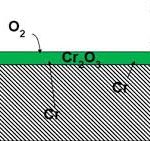
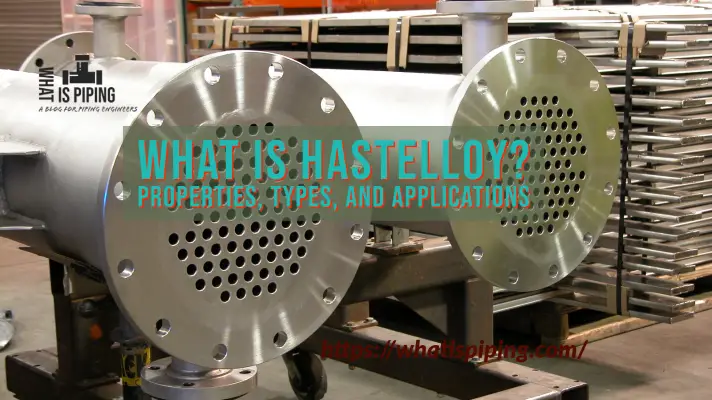
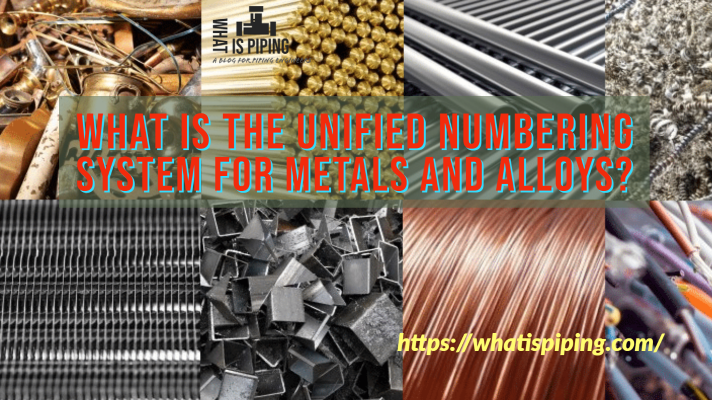
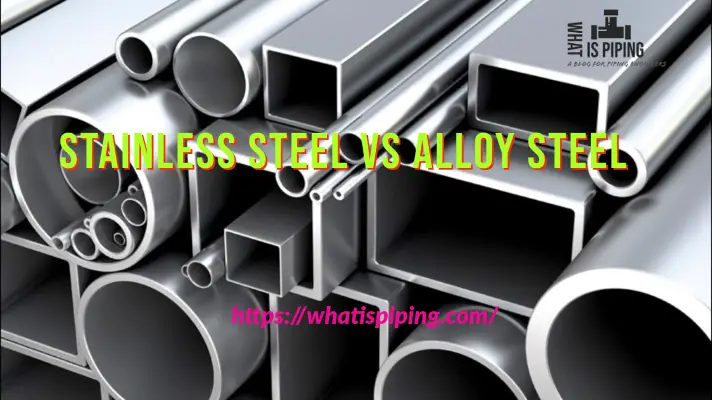


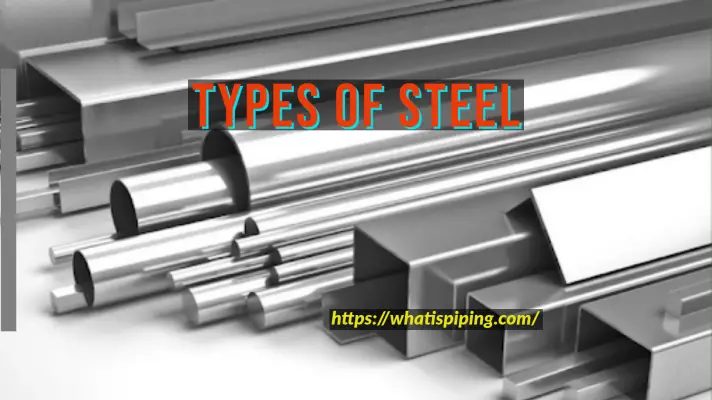
i’m doing my first job using carbon steel piping 1/2” wall thickness is .049 and .083 what would be the best and easiest way to bend this piping